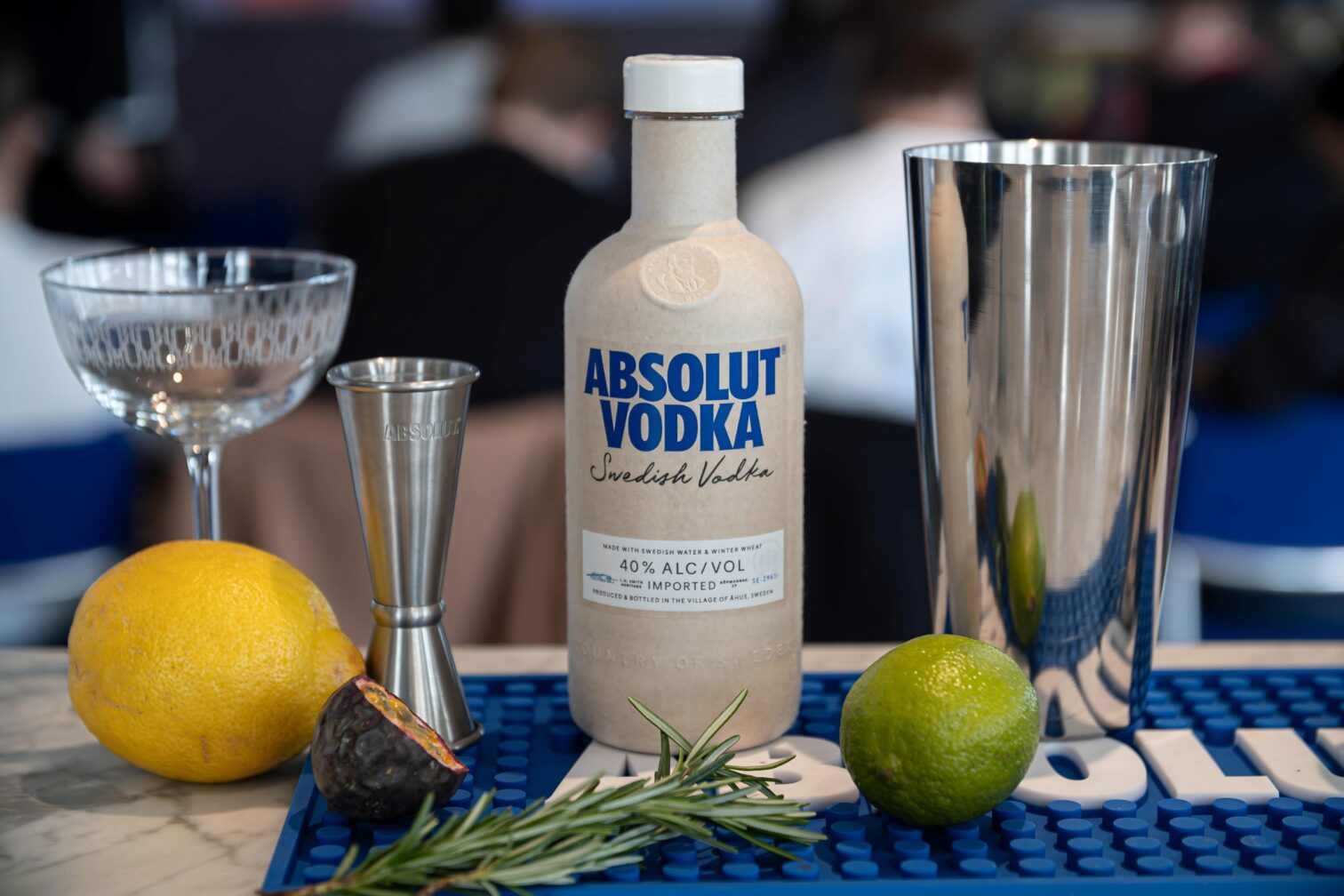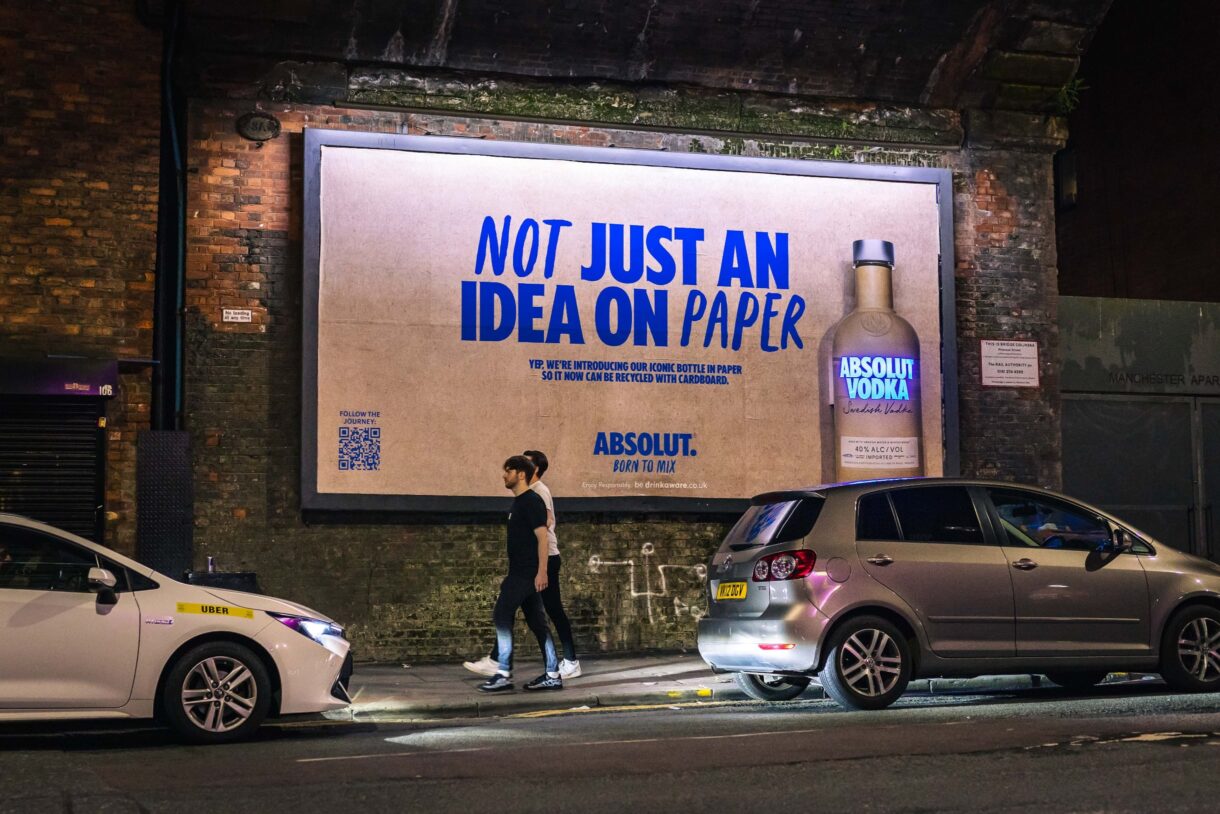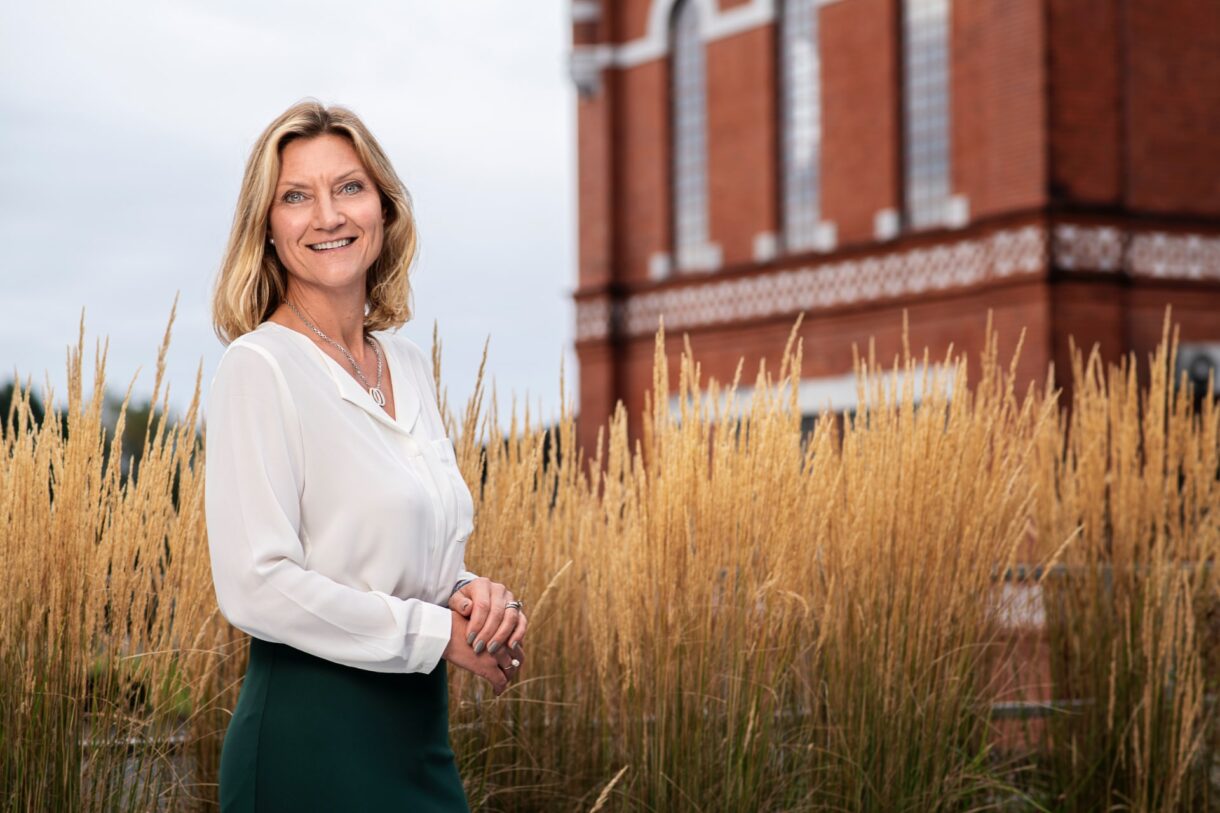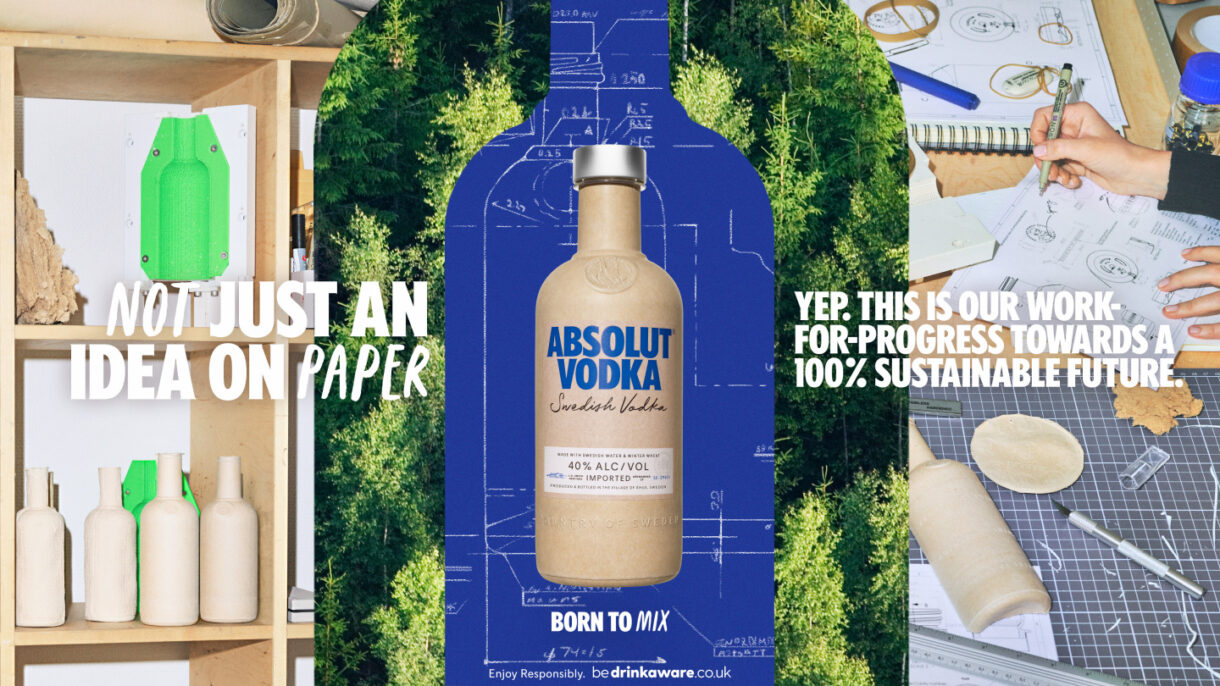Absolut unveils industry-first paper-based cap and bottle duo
After years of innovation and bold industry firsts, Absolut Vodka is bringing together two of their breakthrough innovations for the first time: placing a paper-based cap on the “Absolut Paper” bottle. Bringing the brand – and the spirits industry – one step closer to its long-term vision of a fully bio-based bottle.
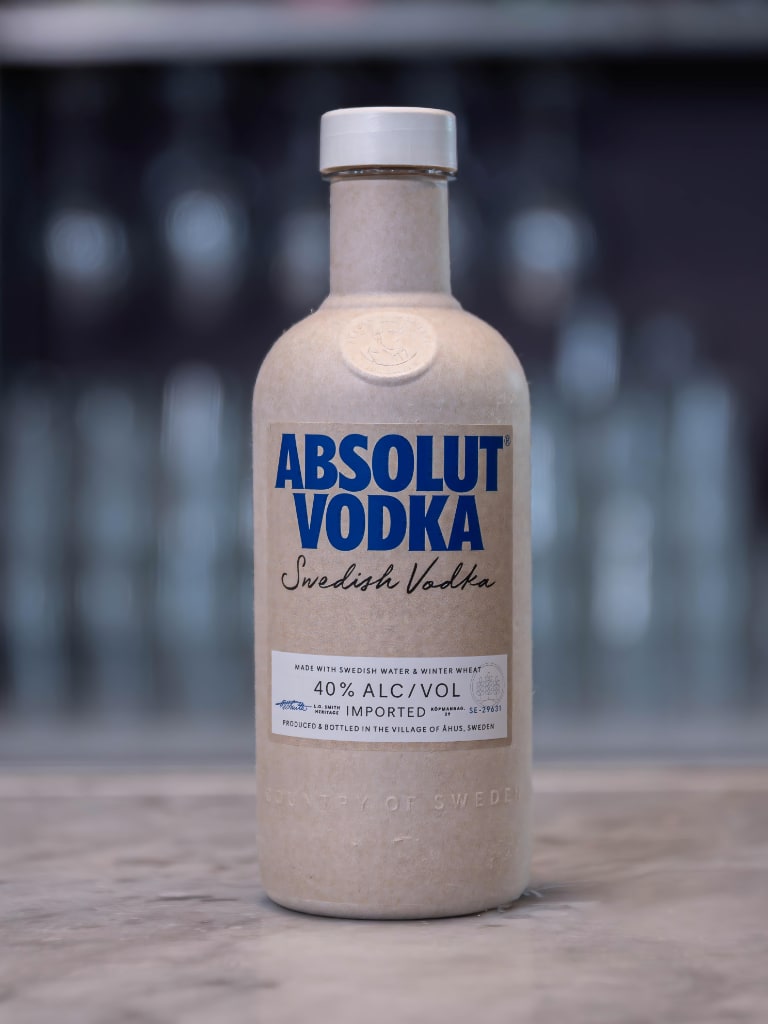
The cap is developed in collaboration with Blue Ocean Closures, a Swedish start-up that has formed a pioneer community to reduce plastics through fibre packaging innovation.
Part of Pernod Ricard’s Future of Packaging initiative, the paper-based bottle and cap duo made its first real-world trial at “The Map” event, where it was put to the test by the most discerning experts in the business: bartenders.
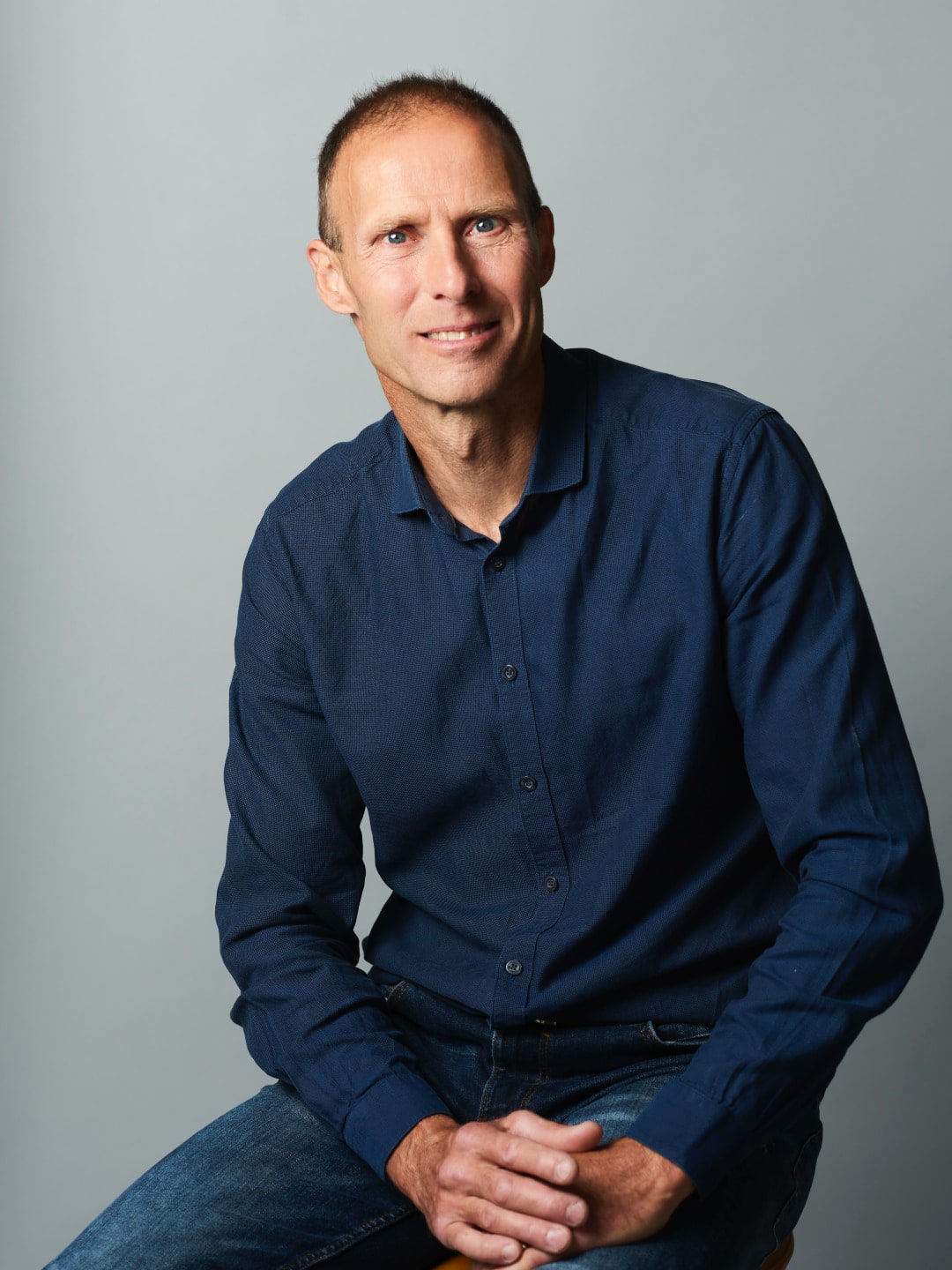
We caught up with Eric Näf, Head of Packaging Development at Absolut, and Louise Werner, Future of Packaging Director, after the event. Read on as we explore the inspiration behind the paper-based bottle and cap, and why collective innovation remains key in shaping a more climate-conscious future for the industry.
What inspired the paper-based bottle and cap, and why was this a natural step for Absolut?
Eric: The vision for our paper-based bottle – developed together with the Paper Bottle Company (Paboco) – has always been to create a 100 percent bio-based packaging solution. At the time, there wasn’t a viable cap on the market that could meet our environmental ambitions, so we teamed up with Blue Ocean Closures to create one. We are also excited to explore the fibre cap’s potential – both on the paper-based bottle and other packaging as well.
At the time, there wasn’t a viable cap on the market that could meet our environmental ambitions, so we teamed up with Blue Ocean Closures to create one.
Eric Näf
Compared to traditional caps, how does the paper-based cap perform, and what are the main advantages?
Louise: The paper-based cap’s pioneering design combines a body made of more than 95% FSC*certified fibres with a thin top-seal barrier made of plastic. The fibre-based caps are engineered to provide the same secure seal and ease of use as our existing caps, but the material comes primarily from renewable sources. Renewable material opens the potential for reductions of carbon footprint compared to conventional materials such as aluminium. Another advantage is that the cap will be recyclable as paper in markets with recycling systems that can separate paper from other materials.
What are some of the biggest challenges and considerations of working with a completely new material?
Louise: Working with a new and innovative material will always present challenges, especially because we strive for exceptional quality in everything we do. So, we naturally expect and navigate many learning curves along the way. Higher initial costs due to research and development are a typical hurdle. Another key consideration is how to effectively communicate the paper-based bottle and cap to our consumers: what it is, why it matters, and how it aligns with our commitment to innovation and forward-thinking packaging.
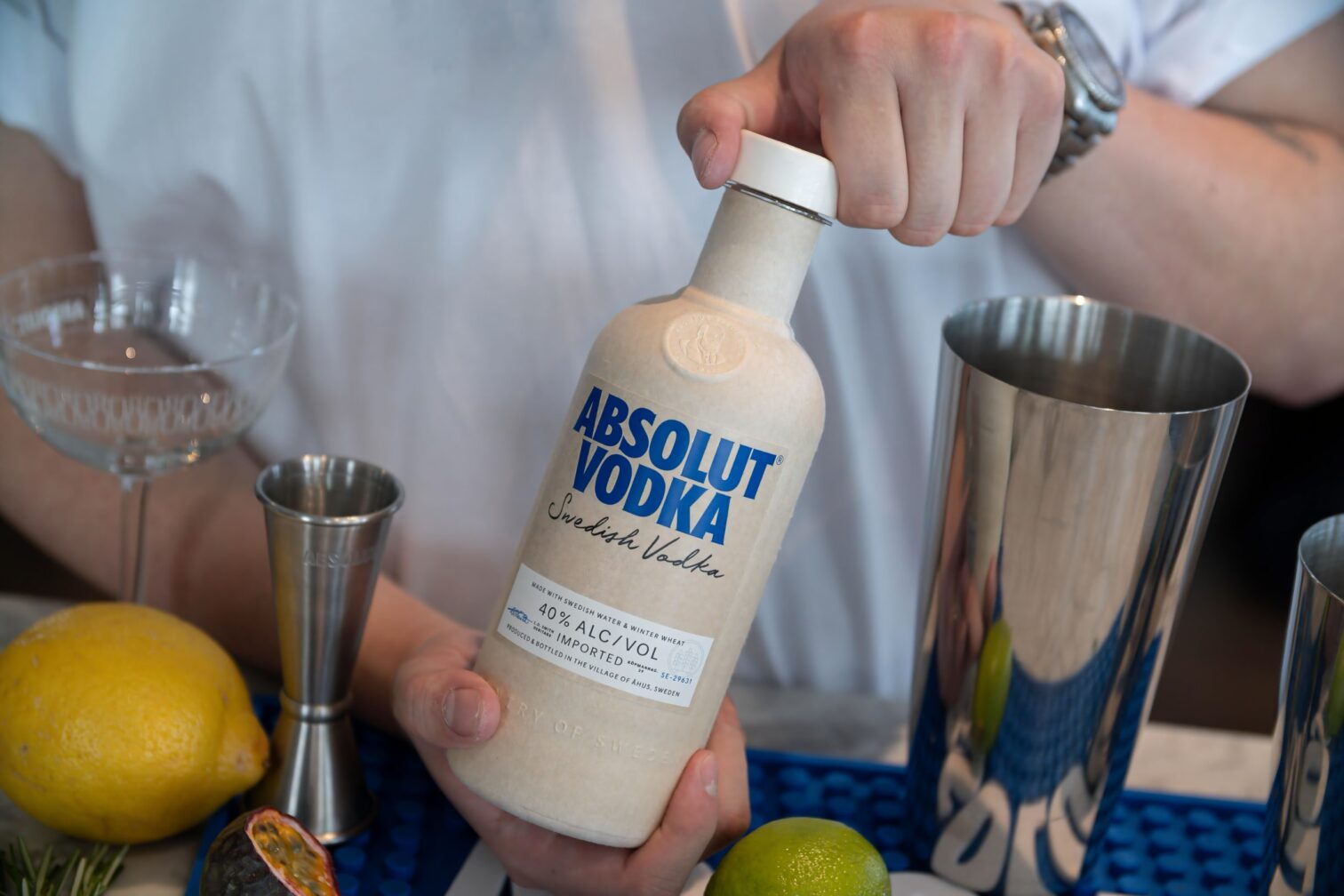
How has the partnership with Blue Ocean Closures shaped the innovation process and why are collaborations like this so important?
Louise: We firmly believe that meaningful change requires a collective effort. It’s only by working together across the entire value chain that real progress can happen. Our partnership with Blue Ocean Closures and fellow pioneers is a testament to this. Throughout the journey, we’ve worked closely with Blue Ocean Closures at every stage, making sure our ambitions, direction, and development pace are always aligned to keep driving innovation together.

Louise Werner
Meaningful change requires a collective effort. It’s only by working together across the entire value chain that real progress can happen.
Louise Werner
You recently showcased the paper-based cap on an “Absolut Paper” bottle for the first time to bartenders in the Nordics. Why was this important?
Louise: The high-energy environment of a bar is one of our best learning opportunities where we can see the innovation in action. We also love collaborating with our bartending community, they work directly with our products daily and their feedback and insights are incredibly valuable. We invited them to stress test the paper-based bottle and cap to evaluate functionality, handling and overall impression of the cap in “real-life” situations.
How is Absolut striving to minimize the impact of their packaging?
Eric: The key is commitment and making sure that commitment is aligned across all levels of the company. Absolut has a rich history of working toward long-term environmental goals and it’s really ingrained in our ways of working. At Pernod Ricard, breakthrough innovation is regarded as one of the keys to minimize impact on the planet. This allows us to push the boundaries of innovation even more.
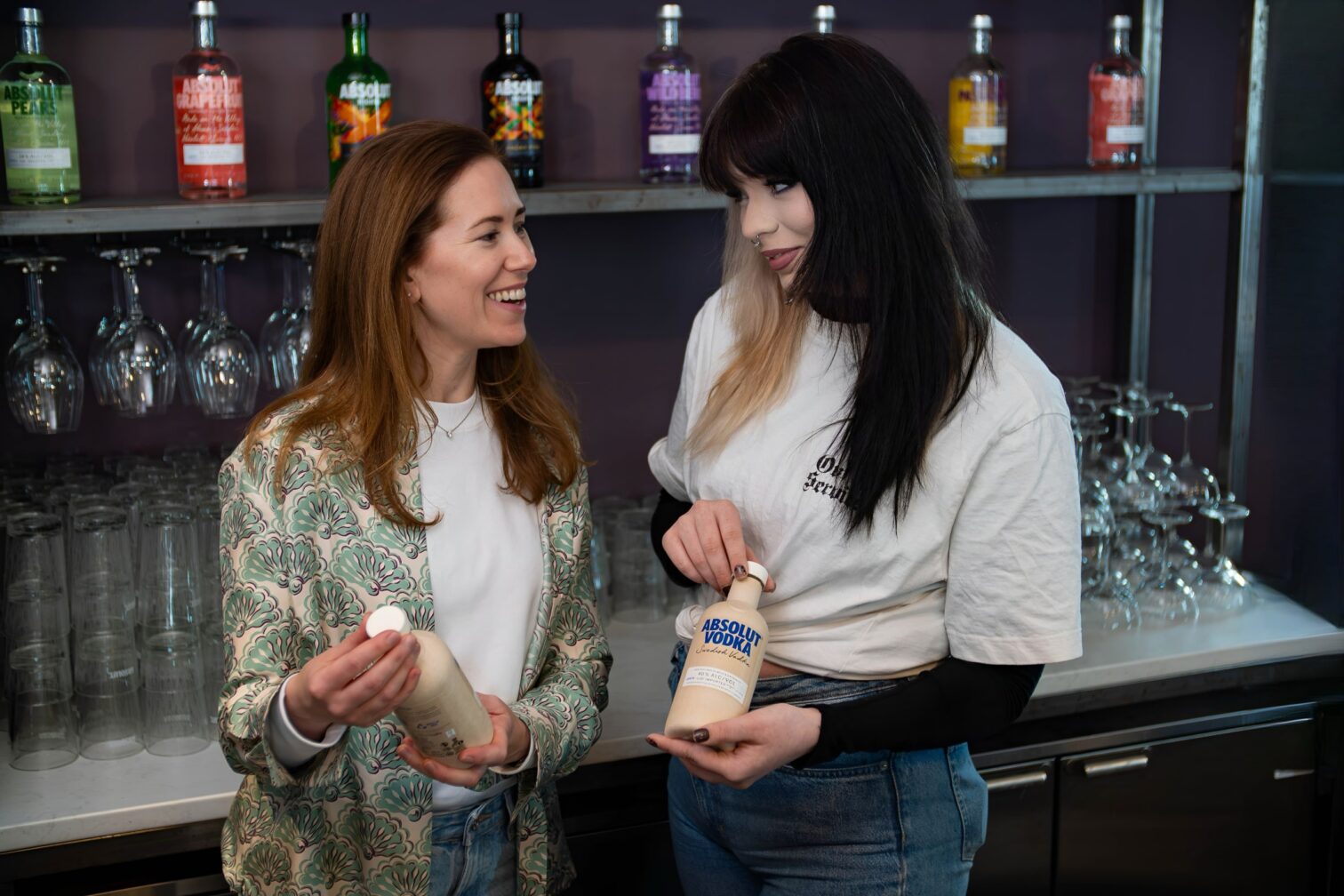
The key is commitment and making sure that commitment is aligned across all levels of the company.
Eric Näf
What has been the most rewarding or surprising part of the journey so far?
Louise: The most rewarding part has been working alongside our pioneer partners. Collaborating with likeminded innovators creates a strong sense of shared purpose where it feels like we’re part of something bigger. There’s real momentum in knowing that we are not just making progress within our own company, but that we’re driving industry-wide change.
Fast-forward to 2030. What do you hope has changed for this innovation, Absolut, and the industry as a whole?
Louise: By 2030, I hope we as an industry have empowered our consumers to make more conscious choices by offering the right packaging for the right occasion. That means having a broad packaging portfolio that meets different needs and occasions. A glass bottle, for example, is still the perfect fit if you want to create a cocktail at home every now and then. The paper-based bottle, on the other hand, can really shine in a more social setting like a party with a big group of friends where the bottle is likely to be shared.
By 2030, I hope we as an industry have empowered our consumers to make more conscious choices by offering the right packaging for the right occasion.
Louise Werner
